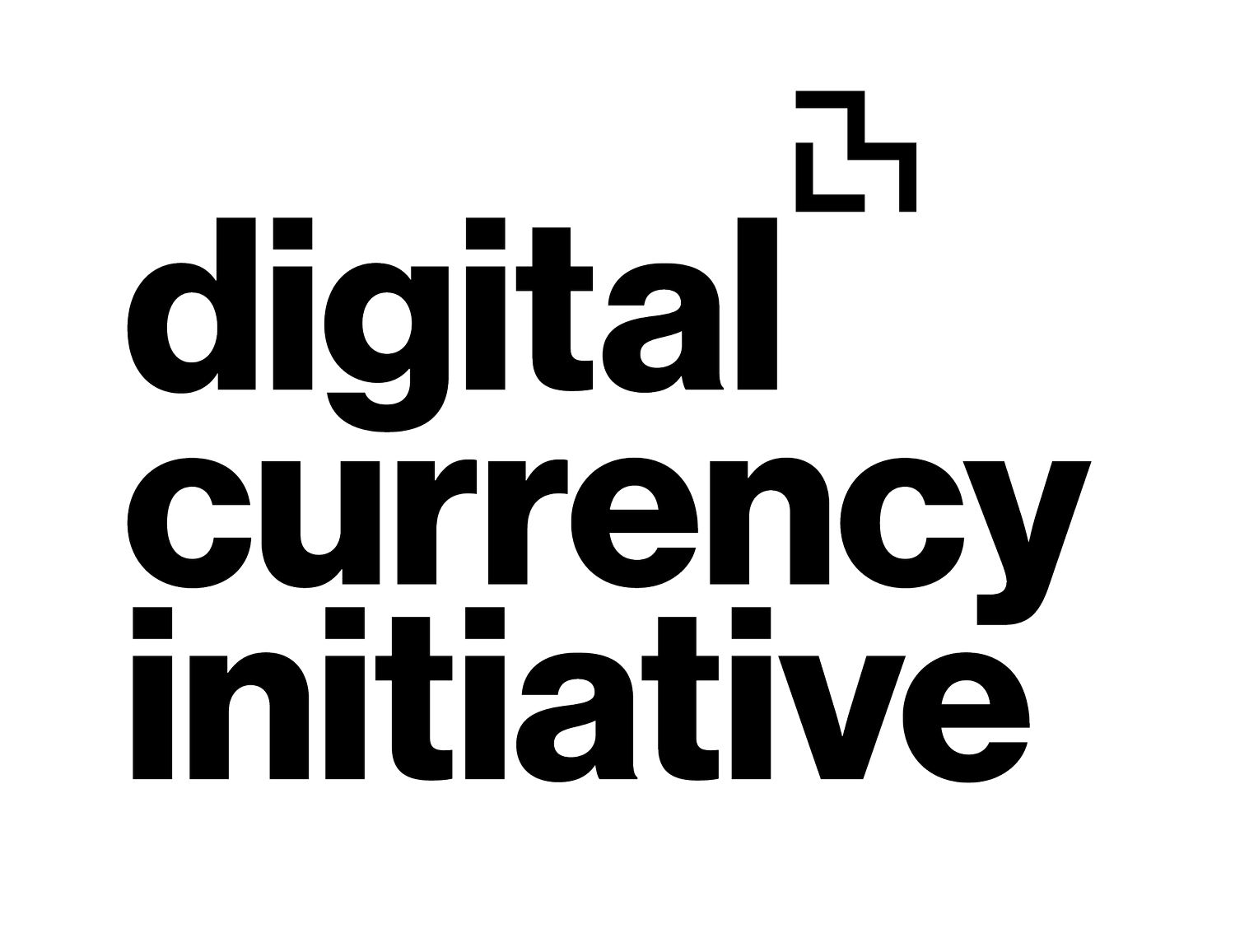Targeted Nakamoto: A Bitcoin Protocol to Balance Network Security and Energy Consumption
Abstract:
In a Proof-of-Work blockchain such as Bitcoin mining hashrate is increasing in the block reward. An increase in hashrate reduces network vulnerability to attack (a reduction in security cost) while increasing carbon emissions and electricity cost (an increase in externalities cost). This implies a tradeoff in total cost at different levels of hashrate and the existence of a hashrate interval where total cost is minimized. Targeted Nakamoto is a Proof-of-Work protocol augmentation that incentivizes miners to home in on a target hashrate interval. When hashrate is above target a ceiling is placed on the block reward a miner can receive. When hashrate is below target a floor is placed underneath the miner's block reward. Monetary neutrality is maintained by a proportional increase in spending potential among addresses holding UTXO's to match a deduction from total block reward when the ceiling is operative and a proportional reduction in spending potential among addresses holding UTXO's to match an increase over the total block reward when the floor is binding.
Bitcoin faces two, diametrically opposed and temporally divergent, existential risks. Today, the massive energy consumed by Bitcoin mining is a focus of a political backlash aimed at de-legitimizing Bitcoin and restricting its use as a payments system.[1] In the future, as the minting of new UTXO’s (the indicator of Bitcoin value, or BTC, held by an owner [2]) to reward miners decreases toward zero, the revenue from mining will likely shrink, causing miners to exit and energy consumption to contract. Since an attacker with more than 50\% of the hashrate (which correspond to 50\% of energy consumption) can gain control of the Bitcoin blockchain, the security of the network will be undermined by the low cost of an attack. In effect, Bitcoin’s energy consumption will be too low. Targeted Nakamoto (“Targeted”) is a modification to the Bitcoin protocol that is designed to avert these twin potential disasters.
This work was funded by the DCI ‘s Bitcoin Security Initiative.
Authors:
Dr. Daniel Aronoff, MIT

